Duchamp’s readymades were mass-produced objects that the artist chose, signed, and sometimes inscribed with mysterious phrases. He used them to shake up the accepted norms of artistic creation. Duchamp considered them his greatest achievement. One hundred years ago, Duchamp’s Fountain turned the art world upside down. Was it art? A hoax? This exhibition celebrates the centennial of the provocative and influential work that changed the course of modern art. Find out more about the Marcel Duchamp exhibition from the Philadelphia Museum of Art’s website.
Preview the exhibition below | See Apollo’s Picks of the Week here
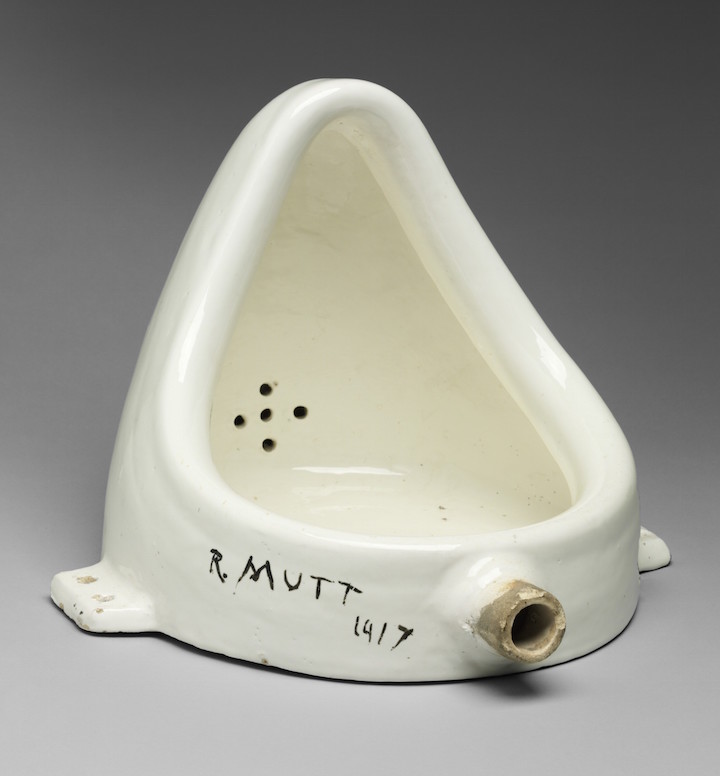
Fountain (1950 version of the 1917 original), Marcel Duchamp. © Artists Rights Society (ARS), New York / ADAGP, Paris / Estate of Marcel Duchamp
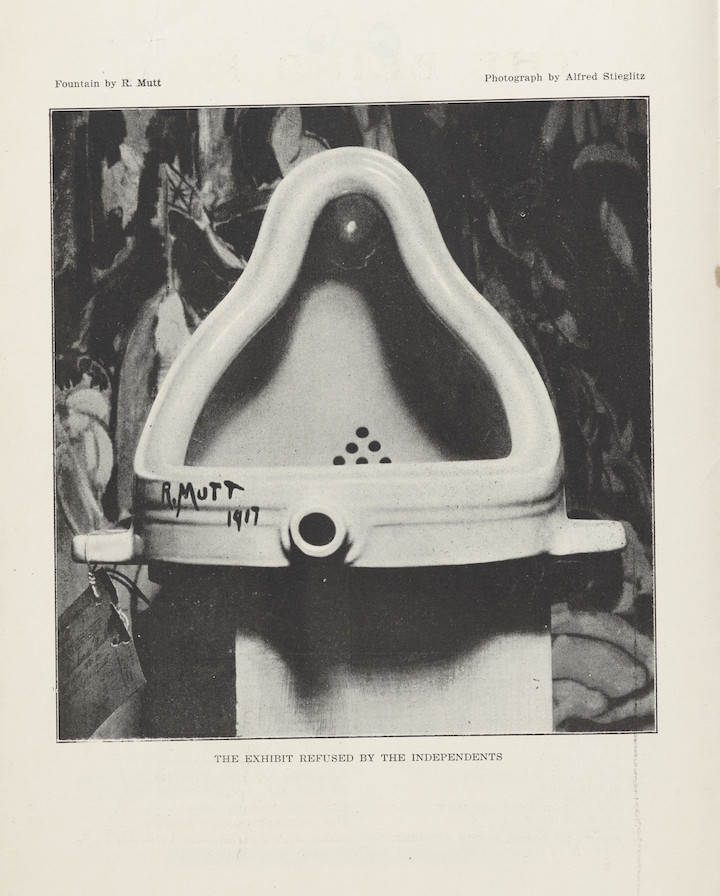
Fountain by R. Mutt (1917), Alfred Steiglitz, Published in The Blind Man (No. 2).
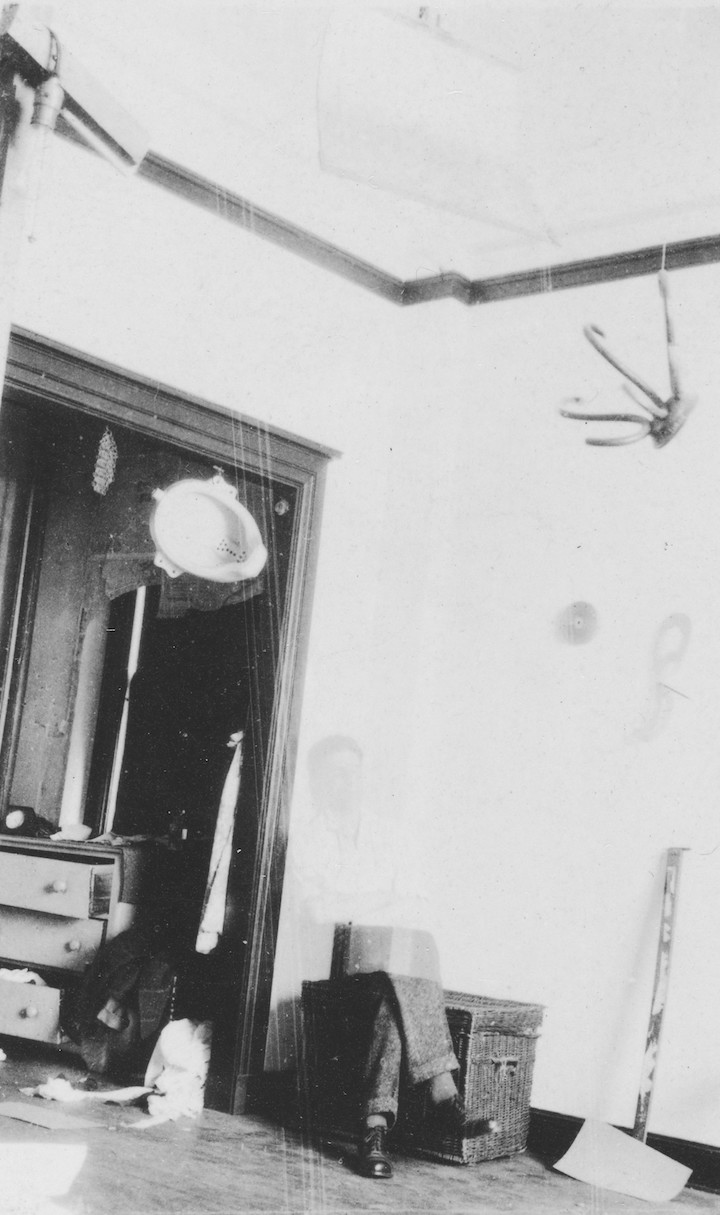
Duchamp’s studio at 33 West 67th Street, New York, (1917-18), photographed by Henri-Pierre Roché.

Marcel Duchamp (1917), Edward Steichen. © The Estate of Edward Steichen / Artists Rights Society (ARS), New York
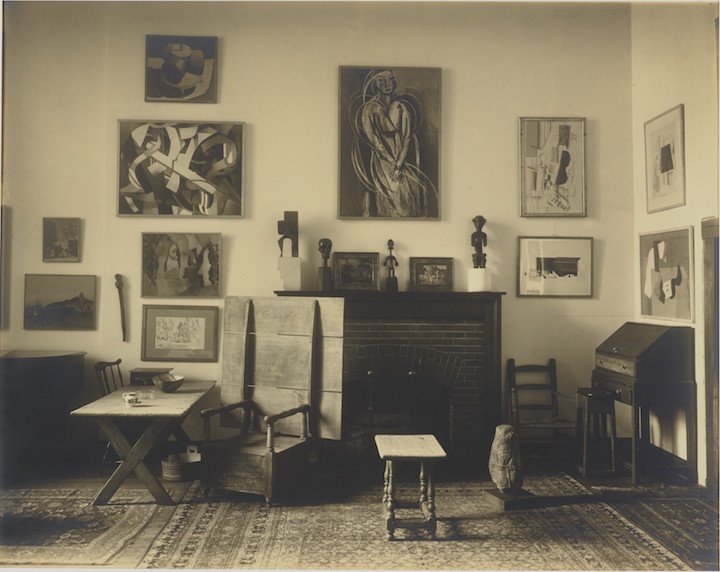
Interior, Arensberg’s Apartment, New York (1919), Charles Sheeler. © The Lane Collection

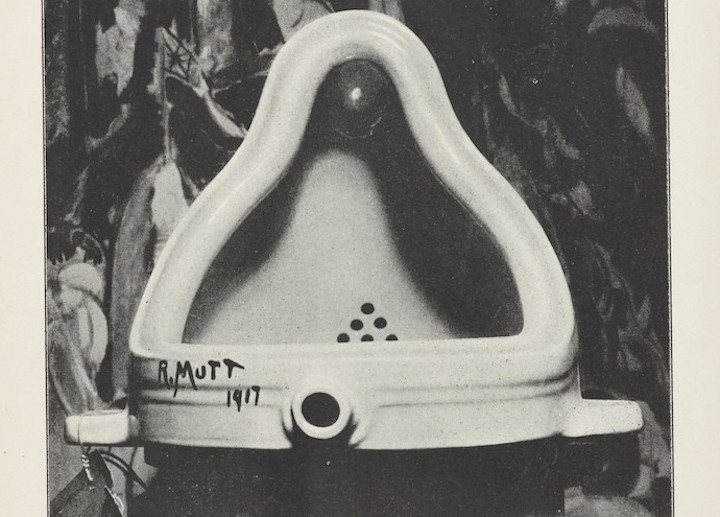









![Masterpiece [Re]discovery 2022. Photo: Ben Fisher Photography, courtesy of Masterpiece London](http://www.apollo-magazine.com/wp-content/uploads/2022/07/MPL2022_4263.jpg)
Has the Fitzwilliam got its rehang right?